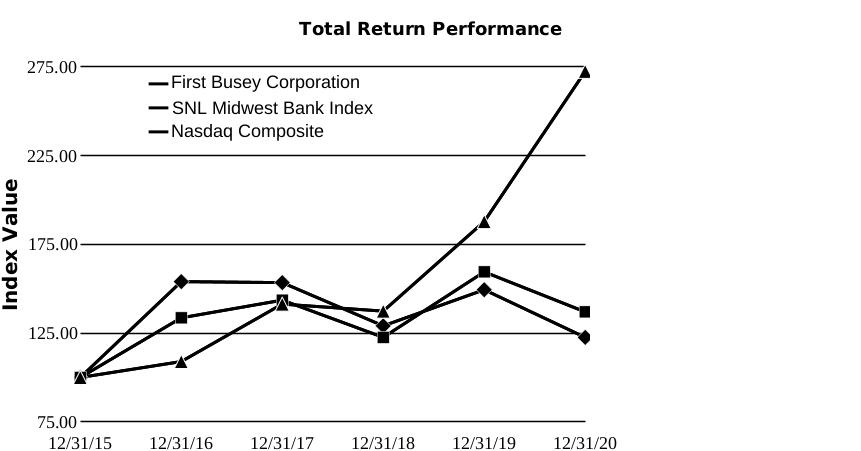Free signup for more
- Track your favorite companies
- Receive email alerts for new filings
- Personalized dashboard of news and more
- Access all data and search results
Content analysis
?| Positive | ||
| Negative | ||
| Uncertain | ||
| Constraining | ||
| Legalese | ||
| Litigous | ||
| Readability |
H.S. freshman Bad
|
|
New words:
ago, alleviate, ambiguity, ample, attaining, augmented, Banker, barometer, biometric, blended, Bowe, bridge, built, CAC, chain, Chamber, Cleveland, club, coach, combat, combating, Commerce, compression, conferencing, consecutive, cornerstone, costly, creativity, creditworthy, crossed, crossing, curriculum, curtailment, dedicated, dedication, demonstrate, deployment, digital, dining, disparate, Dodd, dramatic, endure, Energizer, enroll, environmental, eviction, Excellence, exclusive, explained, extraordinary, Facilitation, family, feedback, fell, felt, fintech, flexibility, FOMC, forgiven, Fourteen, Frank, glossary, GSB, guaranty, hard, Healthiest, hotel, HSA, implied, importantly, inflow, intraday, intrusion, joint, KeyBank, KeyCorp, kind, leadership, leave, lender, lesser, lessor, lifesaving, lifetime, lockdown, lynette, meant, midsized, Monica, move, navigate, noncredit, Nonprofit, OCC, opaque, outbreak, outcome, oversee, pandemic, Paycheck, PCD, phishing, played, portal, PPP, predatory, predominantly, presumption, profession, proprietary, proud, ransomware, rapidly, recapture, recipient, refuse, remote, remotely, reopen, resource, restaurant, revamped, samuel, SBA, scorecard, shaping, shopping, shutdown, sick, sizeable, social, soften, solidify, sorted, spent, stemming, streamline, stressed, strive, strode, subset, subsided, surge, suspend, suspended, swipe, telecommunication, teleworking, temporarily, tenet, terminology, testament, thrust, touchpoint, training, transportation, trillion, Trump, unavailable, unclear, unconditionally, unprecedented, unwavering, verify, vigilant, virtual, vision, Volcker, Volker, waived, waiving, weaker, window, women, workforce, workplace
Removed:
add, advocated, alike, amending, amortizing, Anderson, Annex, anniversary, assigning, behavior, breached, burden, calendar, canceled, carryover, catalyst, charter, Chicagoland, cliff, collaboratively, collectibility, collecting, comment, computation, conformance, consummate, convert, counted, credited, crime, Curt, david, defend, deficit, Delaware, denomination, destabilizing, deteriorated, downey, enactment, entrance, fault, forfeited, formula, fraudulently, functioning, george, grandfathered, hereto, hostile, Howard, illiquidity, improved, inaccessible, induce, institutionalized, insurer, interrupt, issuable, Joliet, launched, license, line, machinery, macro, mixed, mixture, monoline, Mooney, municipal, nearest, noncumulative, Nonrefundable, notably, noted, objective, OTTI, participant, political, pressure, produced, proration, pursued, redeemed, reformed, Reinvestment, relation, replace, repossessed, reuse, revaluation, reverse, revise, revision, rounded, satisfaction, seller, sensitivity, separated, shapland, shareholder, signature, simple, situation, standardized, TCJA, technically, tendered, tendering, track, troubled, uncollected, unconverted, unexercised, unexpired, unfold, Union, unvested, usage, utilization, weight, whichever, wholly, withheld, withholding, worth
Filing tables
Filing exhibits
Related press release
BUSE similar filings
Filing view
External links
